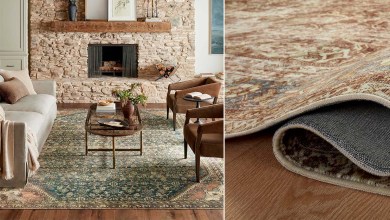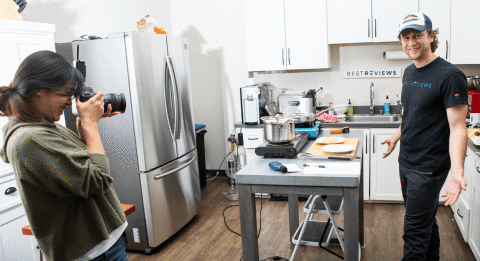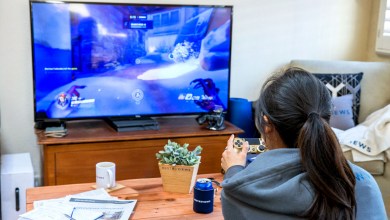
Warmer weather, fresh fruits and veggies, beautiful flowers–there are so many reasons to celebrate. BestReviews’ Jacob Palmer joins Jessica Wills to share the top products to make your next gathering a breeze.
-
![]() The Bamboo Abode10 Piece Cheese and Charcuterie Board SetShop now
The Bamboo Abode10 Piece Cheese and Charcuterie Board SetShop now -
![]() TRUE FlexiStemless Wine Glasses Set of 2Shop now
TRUE FlexiStemless Wine Glasses Set of 2Shop now -
![]() Linen TalesEuropean Handmade NapkinsShop now
Linen TalesEuropean Handmade NapkinsShop now -
![]() PACFarm ApronShop now
PACFarm ApronShop now -
![]() TRUEChill Modern Ice BucketShop now
TRUEChill Modern Ice BucketShop now -
![]() TableTopics Original 10th Anniversary EditionQuestions to Start Great ConversationsShop now
TableTopics Original 10th Anniversary EditionQuestions to Start Great ConversationsShop now -
![]() Up2UofZenMini Buddha Drawing Board KitShop now
Up2UofZenMini Buddha Drawing Board KitShop now

If you want to upgrade your home appliances, overhaul your entertainment setup or treat yourself to some new tech, now is an excellent time to buy.
Take advantage of these flash deals on patio furniture and outdoor décor now.
Get the tabletop fire pit our reviewer said is almost perfect.
Now is the time to get one of the best pieces of cookware money can buy.
Stanley’s all-new portable coolers are stylish, compact and designed to keep beverages shockingly cold — even while the sun is shining bright.
Discover which flowers and vegetables will thrive when you plant them in May.


While niacinamide contains a plethora of benefits on its own, many serums on the market contain other ingredients that enhance its effects.
These are the best products to use after getting an eyelash lift and tint.


This detailed comparison covers the best Chromebooks on the market. We go over specs, features and key considerations to simplify your purchasing decision.
This guide covers the best gaming TV models, their features and where to buy them.


If you have the right kitchen tools, you can take much of the stress out of preparing your Passover meal. These are the best kitchen gadgets for Passover Seder meal preparation.
These cute straw covers are just what you need for your Stanley tumbler.


These chic home décor pieces look so expensive but are so affordable.
Here's what you need to transform your small outdoor area into a relaxing space.

Who is BestReviews
Our team of experts and testers review and recommend the best products so you can easily find the right ones for your needs and budget.





Reviewed by real people











































